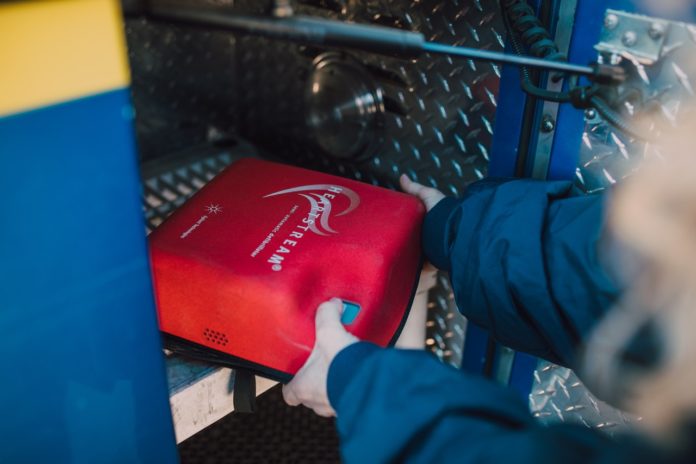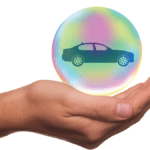In Australia, approximately 20,000 people experience a sudden cardiac arrest (SCA) outside a hospital every year, and the survival rate is only 10%. Sudden cardiac arrests can occur anywhere and anytime. A person experiencing a cardiac arrest collapses within minutes, as their heart either stops beating or does not beat enough to sustain life.
In a cardiac arrest, if cardiopulmonary resuscitation (CPR) is performed, it can save a person from dying until they get immediate treatment. However, if one does not have CPR training or knowledge, automatic defibrillators can also keep the person from collapsing.
This device is essentially a small external machine that can be used anywhere. Since automated defibrillators can revive a person experiencing a cardiac arrest, they do not require a prescription. You can use them anywhere – hospitals, schools, playgrounds, or your home – and on any person having a sudden cardiac arrest. However, this type of defibrillator does not work on all cardiac arrests, so it is advisable to have a backup alternative ready and ensure the person receives immediate care and treatment.
Why are Automatic Defibrillators Important?
A cardiac arrest occurs when the heart’s rhythm is extremely fast or irregular, making the heart stop. When the heart stops beating or beats irregularly, it cuts the blood and oxygen supply to the brain, risking permanent brain damage.
Automatic external defibrillators can renew the heart and save a person’s life. While CPR resumes the blood supply, it is only a temporary solution, and using these automated machines can regularise the heart’s rhythm. Therefore, it is advisable to use them along with performing CPR.
How Do Automatic External Defibrillators Work?
An automatic defibrillator comes inside a box with a manual containing step-by-step instructions on using it.
Check the Pulse
The first step is checking the person’s pulse and putting the defibrillator’s pads on their bare chest.
Provide Shock
Positioning the pads on the person’s chest automatically reads their pulse and heartbeat and decides whether they require an electric shock. Giving shocks to the heart when they are not necessary can be fatal, so an automatic defibrillator checks the heart’s reading first.
If the machine decides the person requires a shock, you must push the button to send shockwaves to their heart.
Perform CPR
Once the machine sends an electric shock to the person’s heart, perform CPR to resume the blood and oxygen flow and balance the heart’s rhythm.
How Do You Maintain an Automatic Defibrillator?
Purchasing an automatic defibrillator is not enough; maintaining and storing it is also essential to ensure it properly works when needed.
Storage
Always store an automatic defibrillator where it is easily accessible. Keeping the defibrillator where you can find it quickly is crucial, as it prevents you from wasting any time searching for it in an emergency.
Regular Check-In
You should regularly check and inspect the small machine every two to three months to ensure it works properly. Testing the defibrillator lets you know if you need to repair it or buy a new device and prevents you from panicking during an emergency.
Check the Battery
It is essential to check your device’s battery by switching it on to ensure it powers up without a hitch. Once it starts, switch it off and ensure the machine is ready for use again.
Check the Expiry Date
Automated defibrillators have an expiry date. Once they reach their expiration date, they are not fit for use. Thus, ensure the pads are still working correctly and have not reached their expiry period.
Sudden cardiac arrests are not limited to a specific location or age group. Automatic defibrillators can help revive a person’s heart if proper treatment is not immediately available. They deliver a shock to the person’s heart, making their heart beat again and ensuring its rhythm is regular.
















